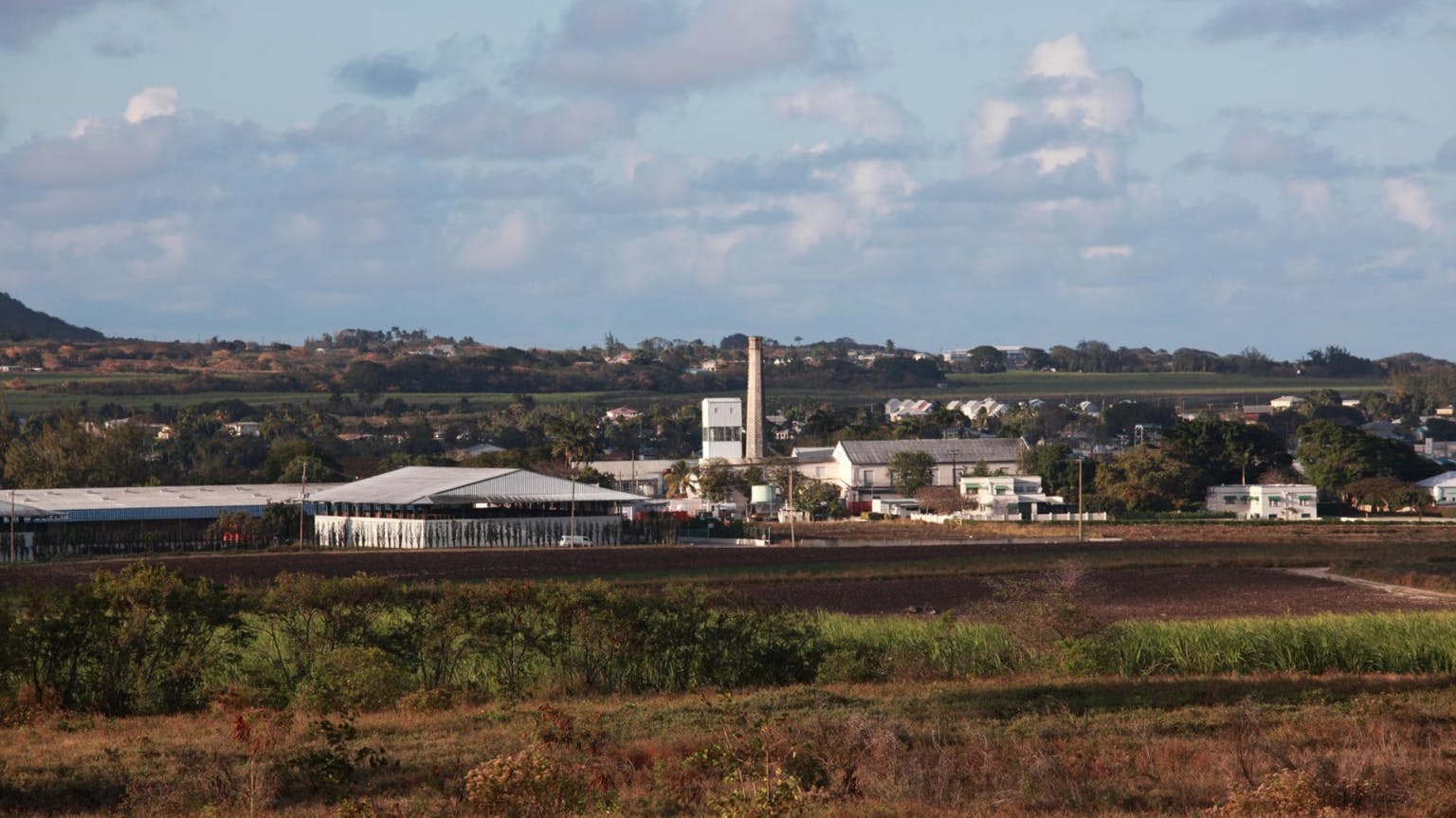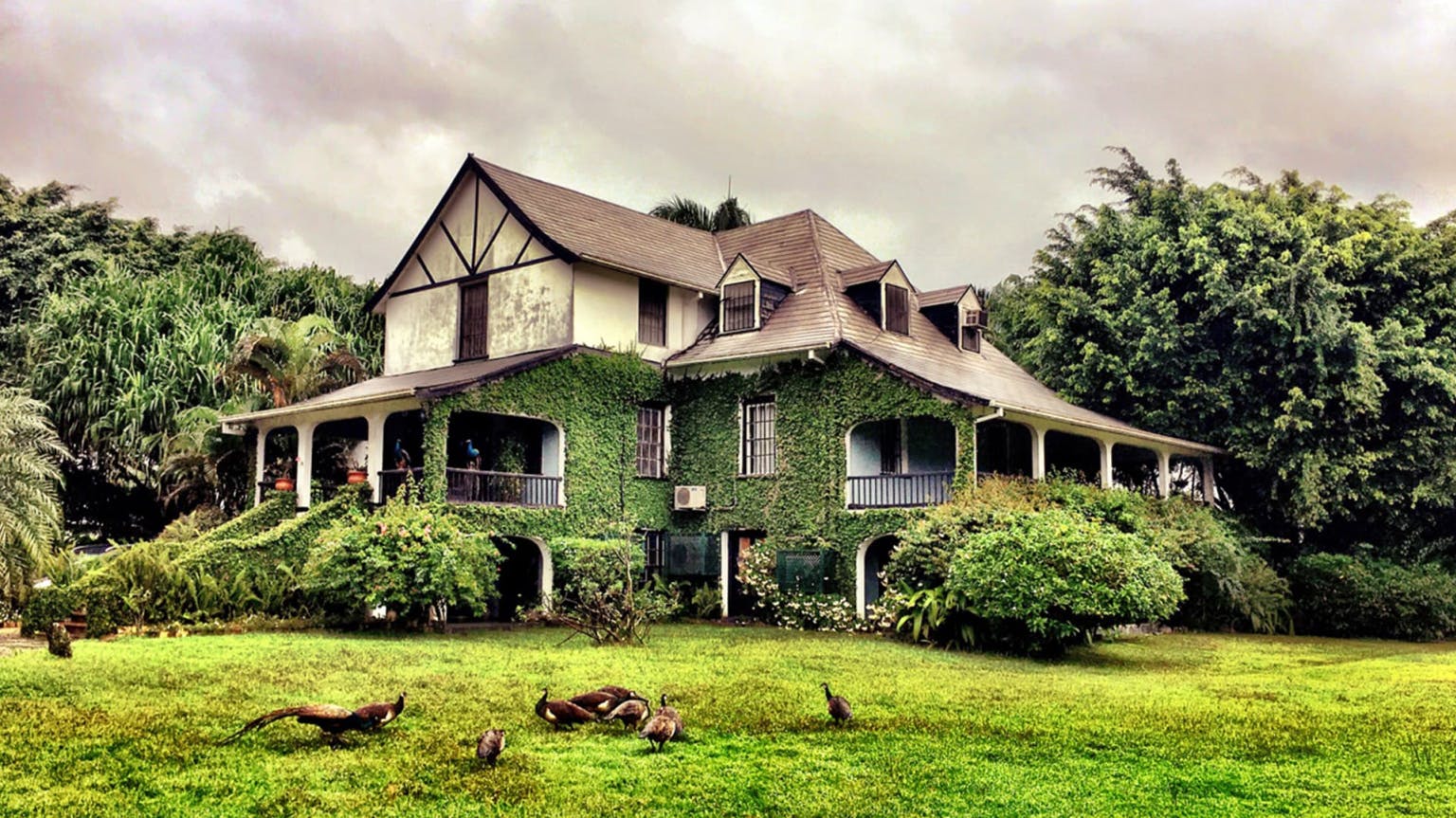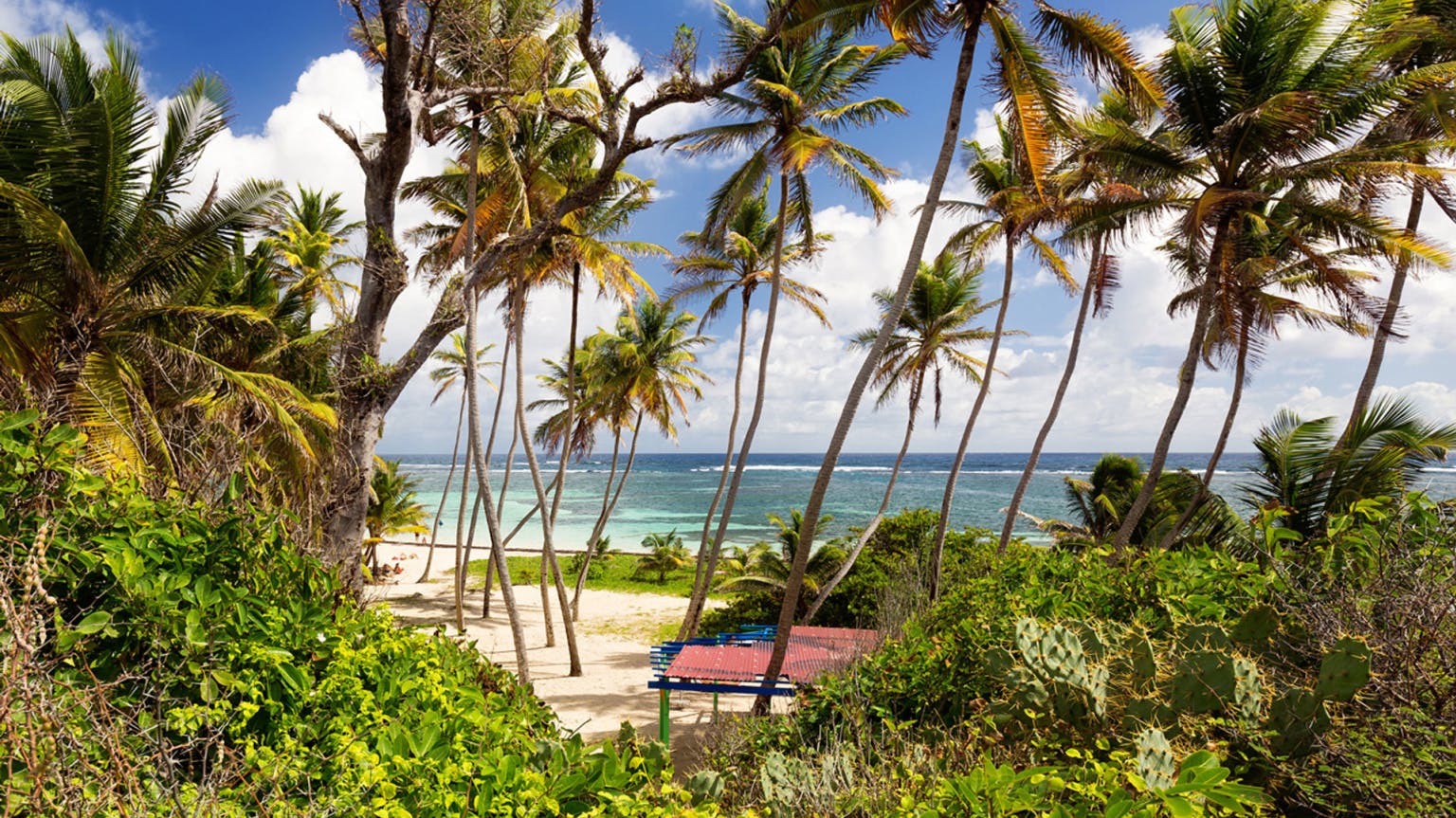Rum has been positioned as the next big thing. The one to watch. The spirits category to steal market share from Scotch whisky and the sure-bet to clean up when that gin bubble finally bursts. These claims have been made for the past five years, if not longer. When you look at the figures, which don’t tell the whole story but are a good starting point, rum has been in rude health since 2018 when sales in the UK surpassed the £1 billion mark for the first time. This same year, a rum was named the best spirit at one of the most prestigious blind tasting competitions for the first time. Rum, for many, had finally arrived.
“What has changed in the industry is what we can bring to market,” Master Distiller Richard Seale says, in a typically matter-of-fact and non-marketeer way.
“So, it is not so much that we are changed in our rum making but today we can think to invest in very old rums, we can think to release cask strength rums, we can offer more specialised rums like pot still or pure cane juice rums and we can think about non-traditional markets – like the Far East. Twenty years ago the market for any of this was extremely limited.”
Seale’s family-owned Foursquare Distillery in Barbados was the winner of the aforementioned 2018 blind tasting and the awards have continued to rain down on them since. While always destined to join the family business, Seale says that didn’t necessarily mean a career in rum, other than to sell.
“What happened was the year I officially joined, my father made the biggest acquisition we had ever made in acquiring the Martin Doorly and Alleyne Arthur brands. This made for two big changes: one, we would have to invest in aged stocks as these were premium brands and two, we would start exporting. This naturally drew my focus.”
Rum has been produced in the Caribbean for centuries. Historically, the new-make was sold to brokers and blenders in much the same way as Scotch whisky. Whereas Scotch distilleries started to bottle single malts from the 1970s, most rum producers wouldn’t have the epiphany to move away from a purely bulk model for another 20 years. It was from this time that rum brands as we know them began to appear in the European market. El Dorado from Guyana, for example, had been produced for centuries before it was marketed for the first time in the early 1990s. Similarly, Hampden Estate, which had been producing rum since 1753, only came to market in 2018. Legendary Trinidadian rum Caroni never actually saw the light of day as a brand in the traditional sense before it closed for good in 2003.
“The rum category has changed out of all recognition,” Ken Grier, Creative Director at Colombian brand Dictador, says. “It has progressed from a white and dark mixable spirit to a premium spirit aged in good quality oak casks.”
The reason for this progress is down to a multitude of factors – one of which is the realisation that rum has tremendous breadth and depth.
“People have realised the rum world has a beautiful range of quality liquid to offer at the top end (rather than just the stock-standard ‘every bar has a bottle of this’ at the low end) and it has encouraged the rum-curious to be more adventurous,” Mitch Wilson, Black Tot Global Brand Ambassador, says.

“We’re even starting to lead astray some of our more open-minded whisky brethren who are used to having to pay several times the price for a bottle of their favourite malts,” he adds.
Wilson says better access to rums and rum makers have also contributed to this seed change. During the pandemic, the world in many ways got smaller and rum makers who had previously shied away from using technology were forced to embrace it (wifi permitting) to ensure their survival.
He says thousands of people came together to discuss sugarcane spirits and meaningful connections were established between rum producers in the Caribbean and their ever-growing appreciators.
Physical access to rums has also changed in recent years. Historically, French markets would predominantly sell rhum Agricole (made from sugarcane juice) from the likes of Martinique and Guadeloupe, and English speaking countries would typically sell rums from Barbados and other Caribbean islands, limiting the discovery of rums. As this has shifted, so too has the understanding and appreciation of rum.
Similarly, social media has narrowed the gulf and empowered distilleries and rum enthusiasts to disseminate accurate information on rum and campaign against perceived wrongdoings.
“In any spirits category there are many different levels of quality available,” Wilson explains. “I firmly believe that anyone who loves spirits but doesn’t love rum yet, just hasn’t tried the right rum for them. Perhaps their perceptions are skewed by some cheap bottle of rum they had when they were younger, or the fact that the average pub or supermarket might not offer a particularly premium selection (especially when considered next to the other spirits offerings).”
Now things are changing, Wilson believes everybody has the chance to explore the very best of each spirits category and not just the “commercial rank and file” if they are willing to spend a little more on quality liquid. And rum is no different. “There are some exceptional rums that are of comparable quality to their favourite spirits,” he adds.
In the same way whisky has its hard-core enthusiasts who are authorities on the subject in their own right, certain rums have developed a cult following which has driven up the cost of bottlings of certain styles from certain distilleries. High ester rums, for example, are a source of great fervour among rum fans.
Jamaica is arguably the godfather of this style, with Réunion Island and a few other French territories also famed for this funky rum that in many cases wasn’t produced for consumption. Part of its appeal, according to Daniele Bondi from La Maison & Velier, is that high esters satiate in a way that whisky currently does not – on the matter of fermentation.
“Historically, whisky has never spoken about raw materials or about the fermentation,” Bondi says. “Whisky normally speaks about the ageing, the master blender, and the magic. Here it is more a matter of raw materials so it is another point of view.”

This point of difference and palate-altering taste is gaining in popularity. Bondi and others are quick to caution that it might be unwise to follow high ester count alone, in the same way whisky fans have pursued age statements.
“It’s important not to chase the highest level of ester regardless the quality,” he says. “Esters are classified by quantity, and we know that connoisseurs love numbers on label, like for the ageing, where the worst mistake is the highest number equals the best. Also in ester amount this is a mistake: what is important is the balance of the product.”
Another comparison that can be drawn with the whisky world and collectability is mothballed and closed distilleries. There have been several significant closures in the rum world – Caroni arguably being the most devastating to rum enthusiasts almost 20 years ago. Blends from closed distilleries, proprietary bottlings from a single distillery, and rums that have been produced via methods that have long since been lost have all become collectors’ items and driven scarcity in the category.
While there is a market for these collectors’ items, Wilson feels true excitement towards rums that are currently flying under the radar.
“You can get tremendous rums for incredible value and have something really enjoyable to explore,” he adds. “This may not always be the case though – we are already starting to see incredible demand for rums like Foursquare, Velier, and Caroni bottlings, all of which command multiple times their retail price at auction mere days after they are launched and sold out.
“Even with the demand for rum going up, it is still incredible value when compared to liquid of a similar quality from the whisky categories.”
For many reasons, we’re in the eye of a perfect storm for rum. Its high quality credentials, point of difference, and the tireless campaigning of certain individuals to put an end to the nefarious practices of some, ensure that rum is finally having its time in the sunshine.
“If ever there was a time to build your rum collection, it was 10 years ago,” Wilson says. “The next best time is right now.”

